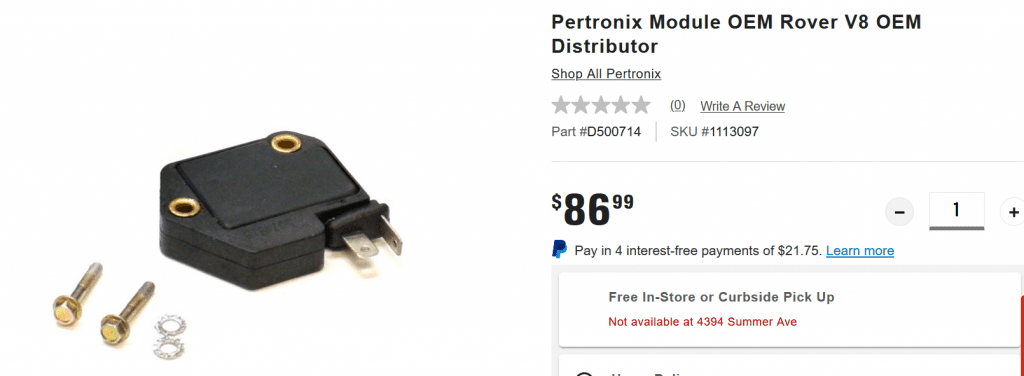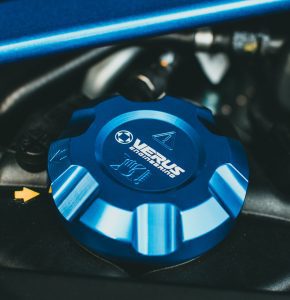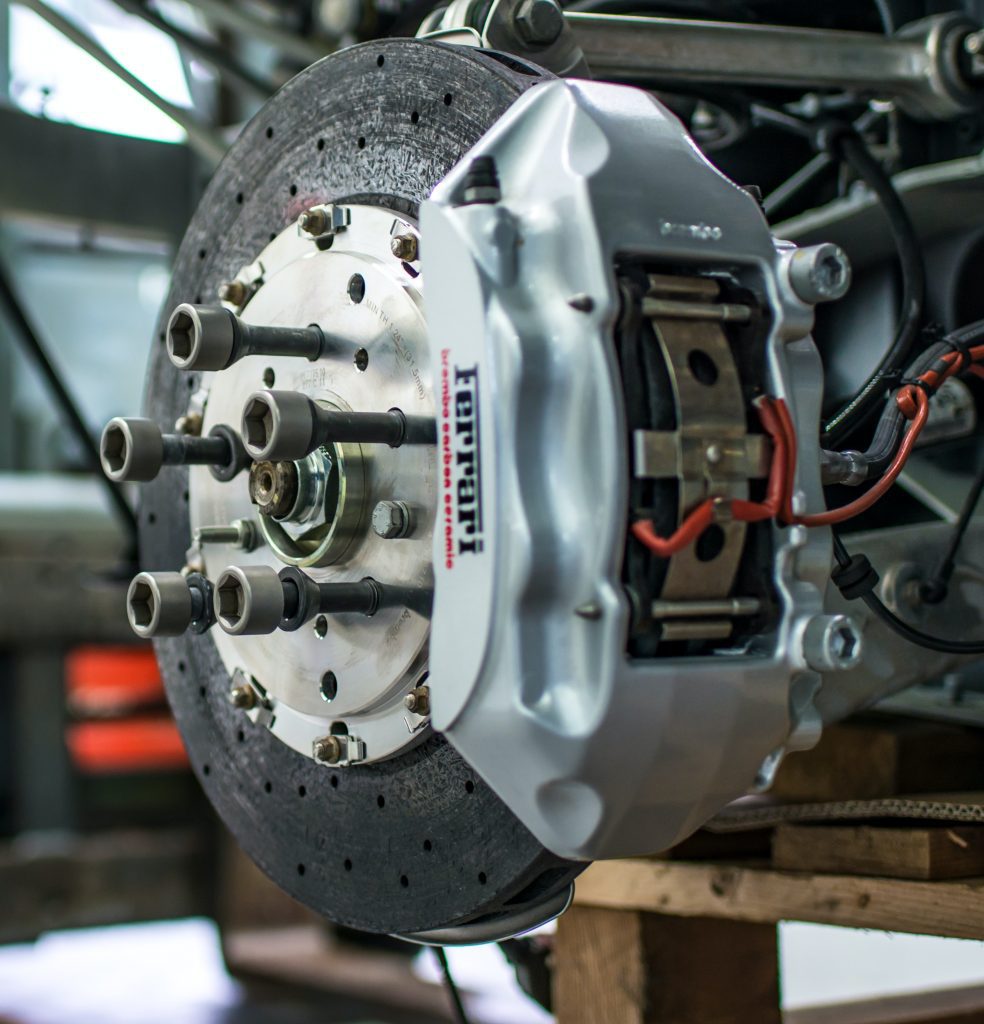In this post, we’ll take a closer look at genuine, OEM, and aftermarket parts, and weigh up the pros and cons of each.
Genuine Parts
Genuine parts are parts that are made by the original equipment manufacturer (OEM) of your vehicle. These are identical to the parts that were originally installed in your vehicle when it was first built. Genuine parts are often the most expensive option, but they come with some clear advantages.
One of the main advantages of using genuine parts is that they are guaranteed to fit and function perfectly with your vehicle. This is because they are made to the exact same specifications as the original parts. Genuine parts also come with a warranty, so you can be confident that you are getting a high-quality product.
However, the downside of genuine parts is the cost. They are often the most expensive option, and can be hard to find outside of a dealership. This can make repairs and maintenance more costly overall.

OEM Parts

OEM parts are very similar to genuine parts, but they are made by a third-party manufacturer rather than the original equipment manufacturer. These parts are still made to the exact same specifications as the original parts, but they are often sold at a lower price point.
One of the benefits of using OEM parts is that they are more widely available than genuine parts. You can often find them at auto parts stores or online, which makes repairs and maintenance more convenient. Additionally, OEM parts are often less expensive than genuine parts, which can be a big advantage for those on a budget.
However, OEM parts don’t always come with a warranty, so you need to be careful when purchasing them. Some OEM parts may also be of lower quality than genuine parts, so it’s important to do your research before buying.
Aftermarket Parts
Aftermarket parts are made by third-party manufacturers and are not affiliated with the original manufacturer of your vehicle. These parts are often the least expensive option, but they can also be of lower quality than genuine or OEM parts.
One of the advantages of using aftermarket parts is the cost. They are often significantly cheaper than genuine or OEM parts, which can be a big advantage for those on a tight budget. Additionally, aftermarket parts are often more widely available than genuine or OEM parts, which can make repairs and maintenance more convenient.

However, the downside of aftermarket parts is the quality. Because they are made by third-party manufacturers, the quality of these parts can be hit or miss. Some aftermarket parts may not fit or function as well as genuine or OEM parts, which can lead to further issues down the line. Additionally, aftermarket parts often don’t come with a warranty, which can be a risk.
Which Is Best?
When it comes to choosing replacement parts for your vehicle, there are several options available. Genuine parts offer the best quality and fit, but come at a higher price point. OEM parts are a good compromise between quality and price, but may not come with a warranty. Aftermarket parts are the most affordable option, but may be of lower quality and don’t come with a warranty.
Ultimately, the best option for you will depend on your budget and your priorities. If quality and fit are your top concerns, genuine parts may be the best choice. If you’re on a budget and want a good balance between quality and price, OEM parts may be a good option. And if you’re looking for the most affordable option and are willing to take a risk on quality, aftermarket parts may be the way to go.
Whatever option you choose, make sure to do your research and purchase from a reputable dealer. This will help ensure that you get a high-quality product that will keep your vehicle running smoothly for years to come.





